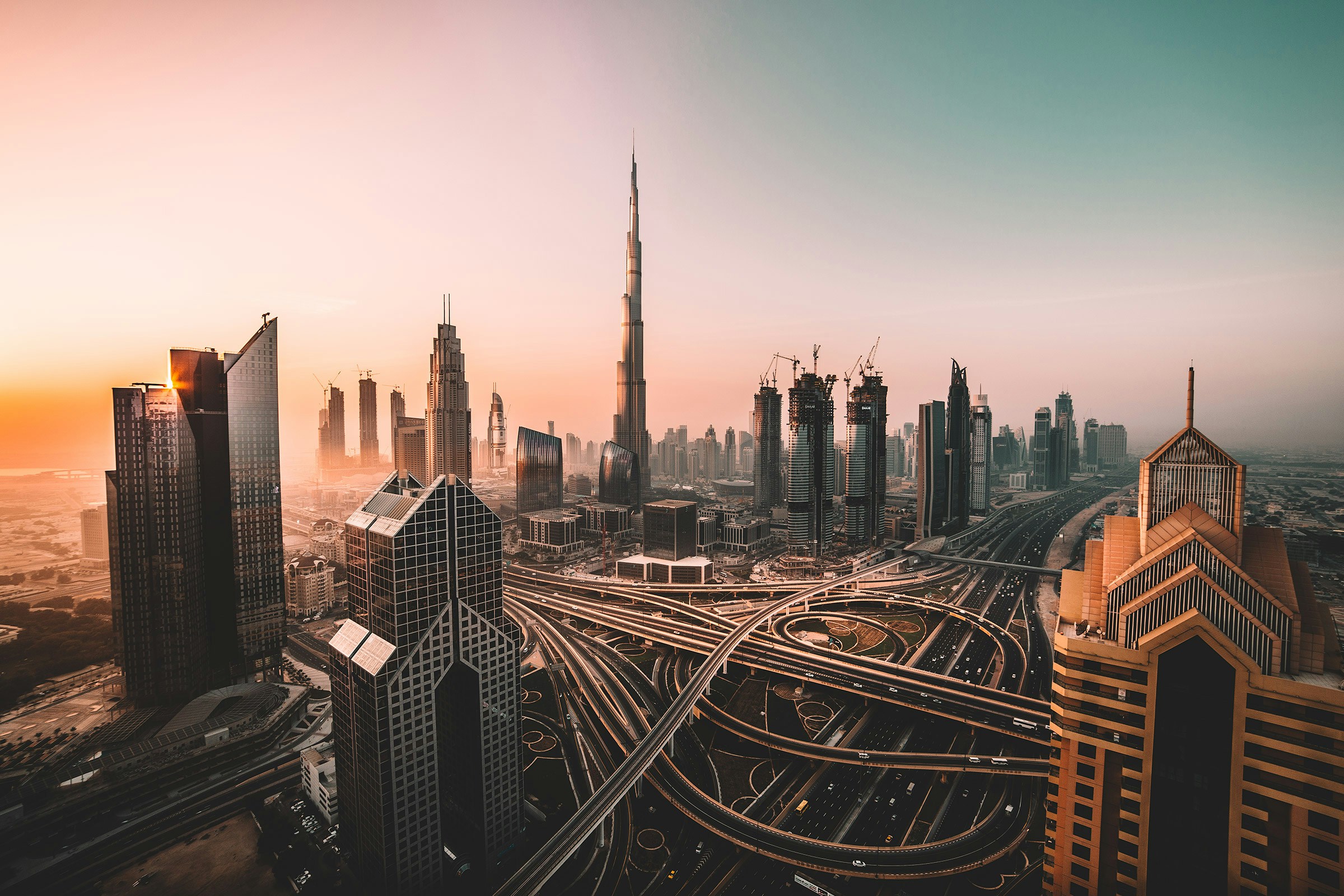The recent GCC–ASEAN Ministerial Meeting in Kuala Lumpur reaffirmed strong intentions to deepen economic, political, and strategic cooperation between the two blocs. But as Gulf investments eye Southeast Asia’s fast-growing markets, a hard question remains: Will this partnership move beyond rhetoric?

Image by GCC Secretariat Press Release
On May 25th, 2025, the GCC and ASEAN held a ministerial meeting in Kuala Lumpur — a follow-up to the historic inaugural summit in Riyadh. Headlines declared the gathering a success, a reiteration of mutual interest, and a strategic checkpoint en route to deeper bilateral ties. The official press release from the GCC Secretariat paints the picture of a burgeoning partnership rooted in trade, diplomacy, and shared global concerns.
But let’s pause for a reality check: What does this really mean for policymakers, investors, and citizens on both sides of the Indian Ocean? Beyond press statements and photo ops, how might this alliance evolve — or stagnate?
According to the GCC press release, bilateral trade between ASEAN and the GCC reached USD 122 billion in 2023 — a respectable figure, reflecting the long-standing economic courtship between energy-rich Gulf nations and Southeast Asia’s fast-growing consumer markets. On paper, the sectors for collaboration seem endless: energy security, food resilience, halal economies, green tech, and digital infrastructure.
But here’s the rub: much of this partnership still exists in the realm of intention. Memoranda of Understanding are signed, task forces are proposed, and high-level dialogues are convened — but when it comes to transformative joint ventures or flagship projects, the examples are still too few.
What’s missing is execution.
For comparison, ASEAN’s relationship with China — or even India — features far more defined mechanisms, large-scale Belt and Road infrastructure projects, and trackable outcomes. The GCC-ASEAN relationship is still finding its scaffolding.
The Gulf’s sovereign wealth funds (SWFs) have taken an increasingly global posture. From the UAE’s investments in Indonesia’s sovereign wealth fund to Qatar’s interest in Vietnam’s digital economy, GCC money has been flowing into ASEAN’s largest economies — albeit selectively.
But many investors still approach ASEAN with hesitation. Complex regulatory environments, political uncertainty in countries like Myanmar and Thailand, and overlapping regional agreements make the ASEAN bloc a high-opportunity, high-friction space.
The promise of ASEAN lies in its diversity. The challenge lies there too.
For the GCC, deepening partnerships with ASEAN requires more than capital — it needs cultural fluency, long-term commitment, and better on-ground presence. The ministerial meeting, then, is less a victory lap and more a reminder that these structural investments are still in early innings.
Beyond trade, the Kuala Lumpur meeting emphasized shared stances on global concerns — including the Palestine issue, maritime security in the Gulf of Aden, and the humanitarian crisis in Gaza. While solidarity on these fronts is notable, ASEAN itself remains a non-homogenous bloc when it comes to foreign policy.
Take the South China Sea disputes, for example. ASEAN members are often divided in their posture towards China, and consensus is rare. Similarly, approaches to Myanmar’s military regime vary across ASEAN nations. This internal diversity makes coordinated ASEAN-GCC stances difficult, especially on matters where GCC countries seek a firm and aligned partner.
Yet, this also creates an opening — subregional diplomacy. The recent Vietnam-Laos-Cambodia tripartite meeting on the sidelines of the summit illustrates how sub-clusters within ASEAN can be more agile and aligned. For Gulf investors or policymakers, this hints at a more effective strategy: partner deeply with specific clusters (e.g. Vietnam, Cambodia, Thailand for manufacturing; Malaysia, Indonesia for halal industry) rather than wait for bloc-wide consensus.
It’s easy to announce “deeper ties.” But what does success in the GCC-ASEAN relationship tangibly look like?
Here are a few practical milestones we should be aiming for:
Modeled after similar ASEAN-Japan or ASEAN-EU platforms, a jointly capitalised innovation fund could spur co-investments in green energy, fintech, agri-tech, and AI-driven logistics — industries of shared interest that reflect future-proof cooperation.
Leverage Gulf capital and ASEAN producers to build blockchain-tracked halal supply chains from Indonesian farms to Saudi supermarkets. It’s a soft power and food security play in one.
Beyond business, cultural diplomacy matters. Professional exchanges, scholarships, and startup residencies would deepen mutual understanding and prepare the next generation of Gulf-ASEAN connectors.
One way to speed up trust and investor confidence? Tell better stories. Regional media collaborations that humanise the GCC-ASEAN relationship — through content, co-productions, and localised messaging — can break silos and counter misunderstanding.
If there’s one truth all participants in Kuala Lumpur should sit with, it’s this: good intentions are not outcomes.
The GCC-ASEAN Ministerial Meeting was an important checkpoint. It reaffirmed mutual interest. It positioned both blocs as credible partners in an increasingly multipolar world. But unless we start turning declarations into deadlines, and announcements into accountability, this relationship risks being all pomp, no punch.
And the window of opportunity? It’s not infinite.
As India, China, and Western alliances court ASEAN with sharper tools and clearer incentives, the GCC must decide: Does it want to be a friend of convenience? Or a committed, future-shaping partner?
The next few years — and the projects that emerge from them — will reveal the answer.
Original Source: GCC Secretariat Press Release (25 May 2025)
Trade Reference: ASEAN Secretariat Statistics Division, 2024
Background Reading:

For anyone exploring the UAE as a base for business, understanding the difference between freezone and mainland setups is critical. Each route offers distinct advantages depending on your business model, target market, and operational needs.
.JPG)
Indonesia's digital economy is showing symptoms of "Dutch Disease" - concentrated venture capital flowing into finance and commerce while productive sectors like healthcare and education starve. This pattern isn't unique to Indonesia: across ASEAN and Gulf markets, institutional capital chases late-stage consumption plays while foundational developmental needs go underfunded. Capital abundance alone doesn't guarantee sustainable development.